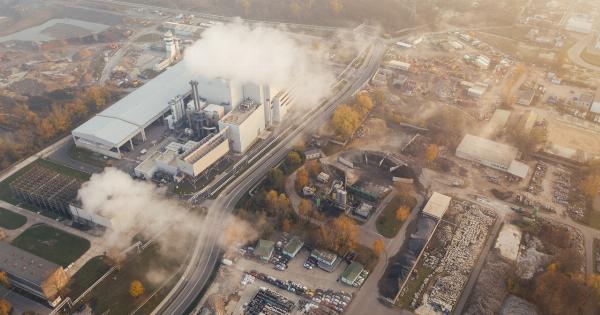Pneumonia is a serious lung infection that affects millions of people worldwide each year. It is caused by bacteria, viruses, or fungi that invade the lungs and cause inflammation.
Pneumonia can be life-threatening, especially in older adults and people with weakened immune systems. One of the key challenges in diagnosing pneumonia is that the symptoms can be similar to those of other respiratory illnesses like the common cold or flu.
However, with recent advances in technology, doctors are now able to use cough analysis to diagnose pneumonia more accurately.
What is Cough Analysis?
Cough analysis is a non-invasive diagnostic tool that uses sound analysis algorithms to detect and interpret the unique acoustic features of cough sounds.
It involves collecting cough sounds from patients and analyzing them with special software to identify patterns and characteristics that indicate the presence of respiratory diseases, including pneumonia.
How Does Cough Analysis Work?
Cough analysis technology works by recording cough sounds using a small electronic device called a microphone. The device is placed close to the patient’s mouth and nose to capture the sound of their cough.
The recording is then analyzed with computer algorithms that use complex signal processing techniques to extract meaningful information from the length, intensity, frequency, and other features of the cough sounds.
In the case of pneumonia, cough analysis algorithms look for specific patterns in the sound waves that indicate the presence of inflammation or fluid in the lungs.
These patterns may include increased cough intensity, changes in the frequency or duration of cough sounds, or the presence of certain cough sound characteristics that are associated with pneumonia.
Advantages of Cough Analysis for Pneumonia Diagnosis
The use of cough analysis technology to diagnose pneumonia has several significant advantages over traditional methods, including:.
- Accuracy: Cough analysis algorithms can detect even subtle changes in cough patterns that may be missed by other diagnostic methods.
- No radiation exposure: Unlike X-rays and CT scans, cough analysis is a non-invasive diagnostic tool that doesn’t expose patients to harmful radiation.
- Low cost: Cough analysis is a cost-effective diagnostic tool that can be used in outpatient settings, which can reduce the burden on hospitals and clinics.
- Less discomfort: Cough analysis is a pain-free, non-invasive procedure that doesn’t require any special preparation or follow-up care.
- Rapid results: Cough analysis algorithms can provide rapid, accurate results within minutes, which can help doctors make timely treatment decisions.
Current State of Cough Analysis Technology
Cough analysis technology is still in the early stages of development, but promising results have been reported in several studies.
For example, a study published in the journal PLOS ONE in 2020 found that cough analysis algorithms correctly identified patients with pneumonia with an accuracy rate of 86%. Another study published in the same journal in 2021 showed a 93% accuracy rate for the detection of COVID-19 using cough analysis technology.
Recently, a team of researchers at the Massachusetts Institute of Technology (MIT) and Brigham and Women’s Hospital in Boston developed an AI-powered cough analysis tool that can diagnose COVID-19, pneumonia, and other respiratory diseases with up to 98.5% accuracy. The tool uses machine-learning algorithms to analyze cough sounds and identify unique features that are associated with specific respiratory diseases.
Future Implications for Pneumonia Diagnosis
The development of cough analysis technology has significant implications for the diagnosis and treatment of pneumonia.
By providing faster, more accurate diagnoses, cough analysis can help doctors develop individualized treatment plans that improve patient outcomes and reduce the risk of complications.
In addition, the use of cough analysis technology may also improve disease surveillance efforts by providing real-time data on respiratory disease outbreaks.
With the ongoing COVID-19 pandemic, cough analysis has emerged as a valuable tool for early detection and management of outbreaks.
Conclusion
Cough analysis is a revolutionary technique that has the potential to change the way pneumonia and other respiratory diseases are diagnosed.
With its high accuracy rates, lower costs, and faster results, cough analysis is a valuable tool for improving patient outcomes and reducing the burden on healthcare systems. As cough analysis technology continues to evolve, we can expect to see even greater improvements in the diagnosis and treatment of pneumonia and other respiratory diseases.






























